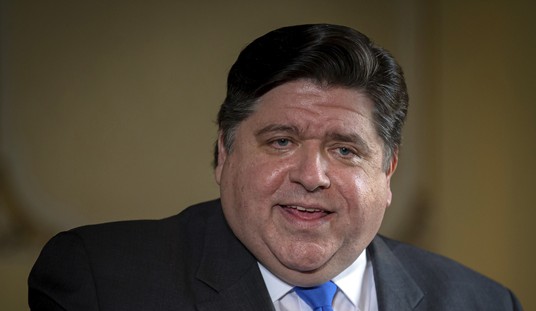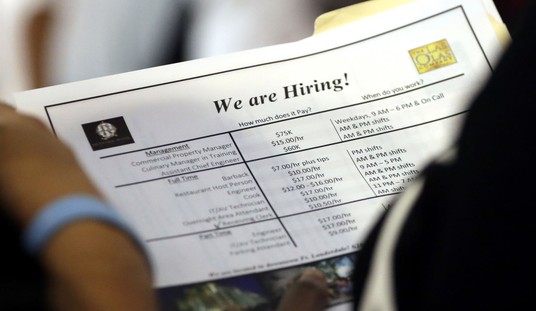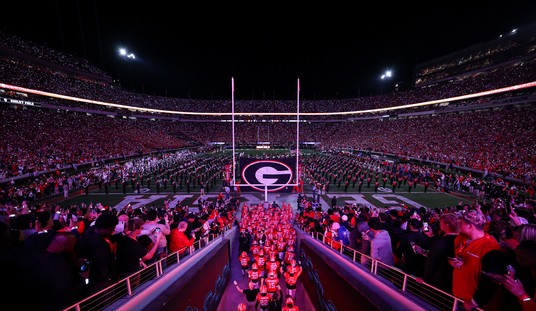Bolivia is in crisis. During the last month the lowland provincial leaders and their followers carried out a series of marches, protests, and violent takeovers of government offices protesting the Morales government’s position on the distribution of gas revenues (IDH) and the issue of previously agreed-upon departmental autonomies. So far there are 17 dead, one prefect has been arrested, a partial state of siege has been declared, and the lowland city of Santa Cruz was surrounded by 10,000 to 12,000 armed and angry MAS (Movimiento al Socialismo) supporters.
Government officials, church leaders, representatives of social movements, and prefects are in a series of meetings trying to come to an agreement before Santa Cruz becomes the stage for another ugly confrontation. Evo Morales was in New York at the UN meeting lobbying for support for his government and rubbing shoulders with his allies, Venezuela’s Hugo Chavez and Iran’s Mahmoud Ahmadinejad. Evo has said that if the opposition prefects do not sign a document agreeing to the proposed constitution, he will not take responsibility for what might happen in Bolivia. As we say in Bolivia, aquí estamos — here we are.
The overriding issues are the distribution of gas revenues, the issue of departmental autonomy, and the new constitution proposed by MAS. Evo Morales’ major accomplishment has been the nationalization of the natural gas sector. As Chavez before him, Evo wants to control the revenues of the newly nationalized companies. One of the problems that has ignited the recent crisis is the distribution of gas revenues. The original distributions were based on percentages agreed upon by consensus between the gas-producing regions, the prefects, and the central government.
During the crisis prior to the election of Evo Morales, one of the measures taken to ensure a more responsive local government was the election of regional prefects. During the same elections that brought Evo into power, six of the nine regions voted for prefects from opposition parties. Most of the gas-producing regions continue to have opposition prefects. Earlier this year, Evo Morales changed the distributions by decree. The government justified this change saying that it was needed for a new old-age pension — Bono Dignidad. However, this departmental budget cut has left numerous projects in midstream. By doing this, the Morales government wanted the vote of the aging Bolivians and to make problems for the opposition prefects with their regional constituents.
The autonomy issue is also controversial. Before the election of Evo Morales, there were two important referendums. With the passage of the constitutional referendum, a constitutional assembly to design a new constitution was ensured. The other autonomic referendum agreed that those regions that got a majority yes vote would have departmental autonomy. Four lowland regions had a majority yes vote; the remaining five regions voted no.
In the constitutional assembly the majority MAS constituents did not want to allow the autonomies to be defined on the departmental level. MAS was worried about the power that would be concentrated in the hands of strong opposition governors. The watered-down and conflicting definition of autonomy in the newly proposed constitution includes four different levels of autonomy — indigenous, municipal, regional, and departmental autonomy. The prefects from the regions where the original autonomic referendum passed have declared this a MAS trick to dilute any serious attempt at having a decentralized system.
Aquí estamos. Instead of making concessions, the Morales government doesn’t need to — it just needs to look like it is for PR purposes. Prior to the armed confrontation where many campesinos died, a MAS minister went to Pando and recruited supporters from other regions to carry out a “peaceful” march. The first death was from the prefect’s office and this in turn mobilized the armed supporters of the governor of Pando and they attacked the campesinos. This attack was bloody and brutal but not a surprise for anyone. Cobija, the capital city of Pando, had been having violent protests for days prior to this march. The majority of the population of Cobija is rabidly anti-MAS. The MAS government knew this would happen but they sent in their supporters anyway.
It was a coldly calculated way to kill three birds with one stone. The MAS government arrested Leopoldo Fernandez, declared a state of siege in Pando, and the MAS got the credulous national and international press to condemn all of the prefects and their demands. The UN and many foreign press articles condemned the prefects as rich, white, racist oligarchs who are killing poor, unarmed, peaceful, indigenous farmers. This is also the line that CNN used on a story about the 10,000- to 12,000-strong mob that is surrounding Santa Cruz. Sitting in Bolivia, it just doesn’t seem to be so one-sided. The hope is that the ongoing dialogue is real and not just a media event.









Join the conversation as a VIP Member